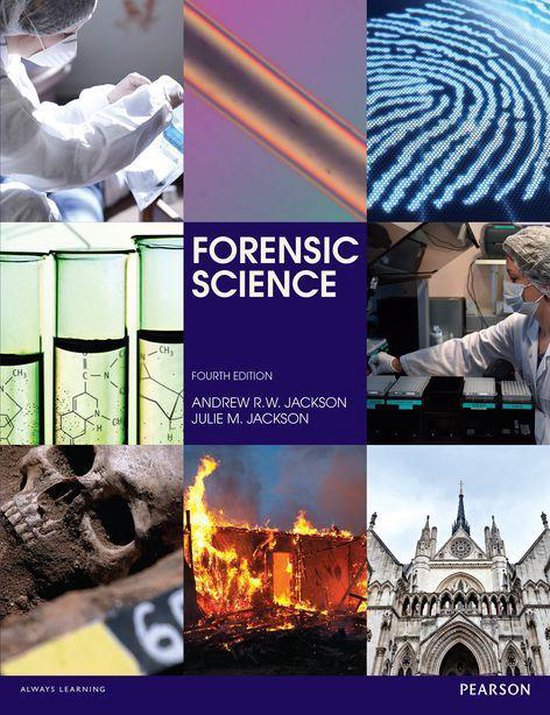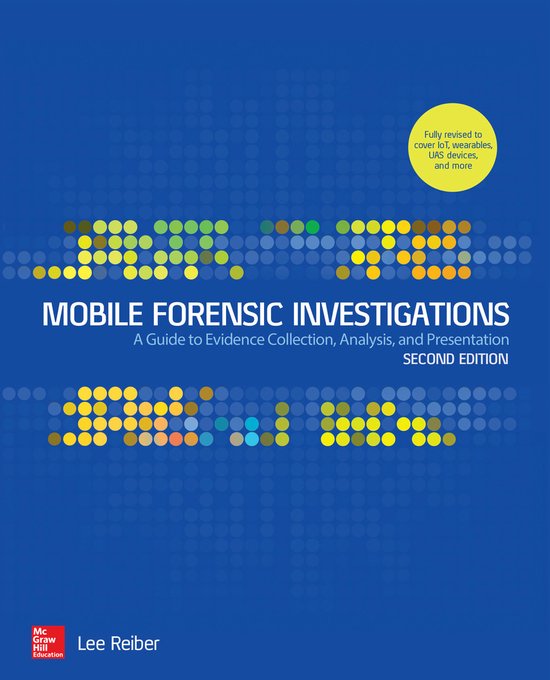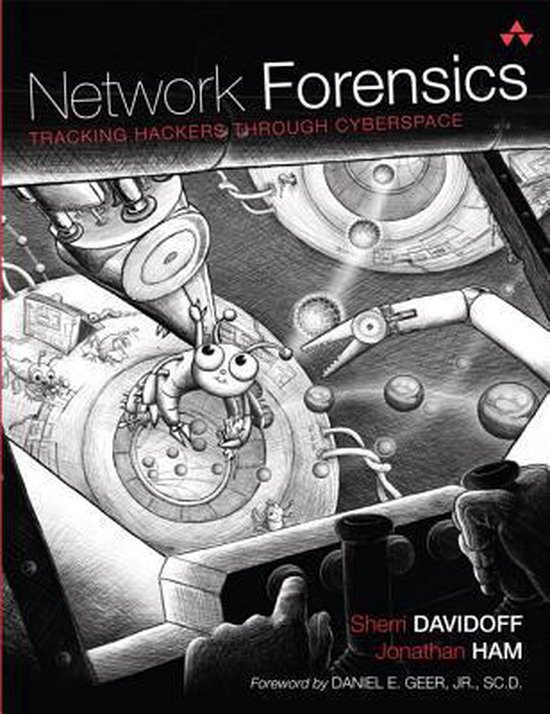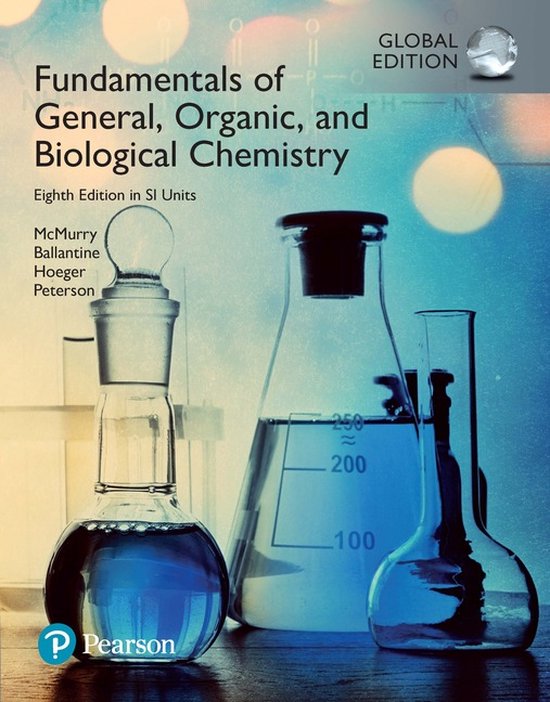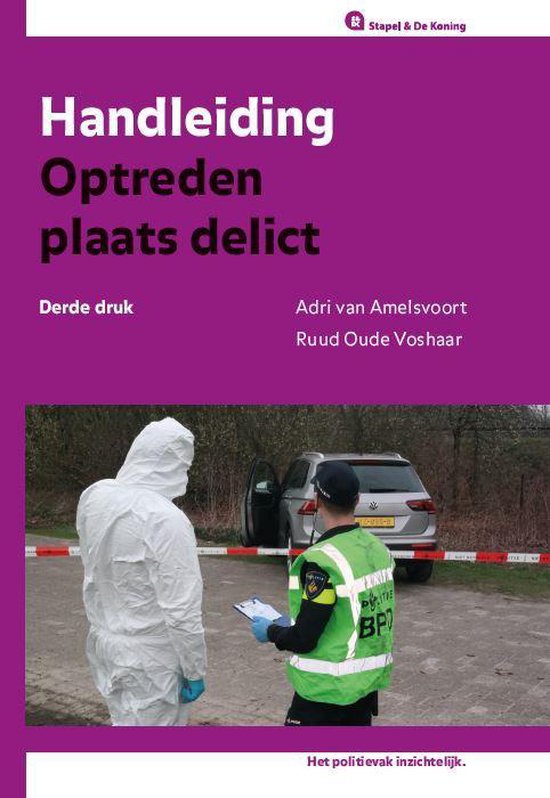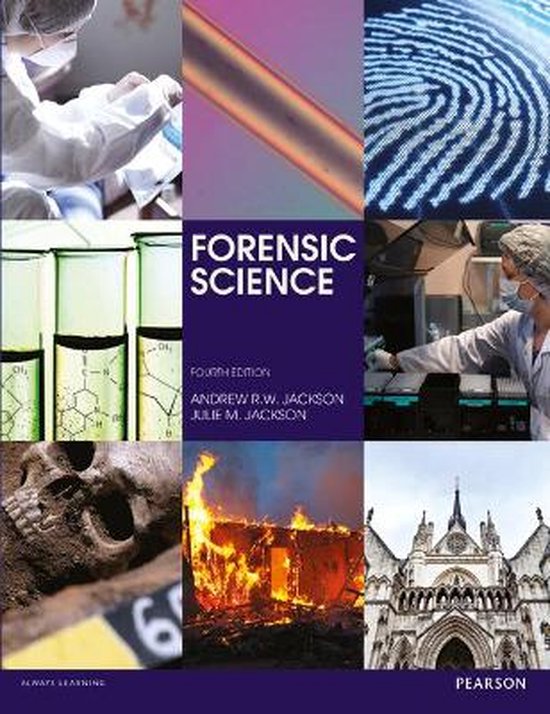
Forensic Science
Compared with its competitors it is, to me, better written, more 'approachable' and with better pedagogic features.
Dr Mark Fowler, De Montfort University
The main strength of this book is that it is a very good overall book for all aspects of forensic science. It is presented in a way that is user friendly to the students with additional help through the use of problems.
Dr. Kevin Farrugia, Abertay University
This book is the perfect starting point for any newcomer to the field of forensic science. It examines the entire process of conducting forensic science, from the collection of evidence at the crime scene, through the examination and evaluation of that evidence, to the presentation of scientific findings in court. The book is scientifically rigorous but written in a friendly and engaging style, making it the ideal companion for undergraduate students beginning a forensic science course; as background for MSc students; as a reference for related professions such as lawyers or police officers; or simply for the casual reader who wants to learn more about this fascinating area.
Key features
- Clear coverage of the core topics in forensic science.
- A guest chapter on the rapidly developing technique of DNA profiling.
- Case studies appear throughout, giving examples from real life.
- Chapter objectives and summaries highlight the key aspects of each topic.
- End-of-chapter exercises help to reinforce learning.
- A glossary of commonly used forensic science terms.
- Additional material on forensic science techniques is provided in separate boxes.
New for this edition
New boxes
· Minimising cognitive bias (Chapter 1).
· The application of the ACE-V method in the examination of fingermark evidence (Chapter 4).
· The use of chemical, biological, radiological and nuclear (CBRN) agents in criminal acts (Chapter 11).
· Contemporaneous note taking (Chapter 14).
New coverage
· Recording the crime scene using three-dimensional imaging systems (Chapter 2).
· Evidential versus intelligence use of forensic science (Chapter 13).
· Streamlined Forensic Reporting (Chapter 14).
New worked examples
· The application of the Bayesian approach to evidence evaluation (Chapter 3).
· The Case Assessment and Interpretation model (Chapter 13).
Professor Andrew Jackson is the Academic Group Leader of Forensic and Crime Science at Staffordshire University, UK.
Dr Julie Jackson is a freelance science writer, with a background in biology.
Dr Harry Mountain (guest author of Chapter 6) is a Senior Lecturer in molecular biology at Staffordshire University, UK, with a special interest in forensic genetics.
Mr Dan Brearley (guest author of Section 2.5, Chapter 2) has acted as a digital forensics expert witness in many cases heard in the Criminal and Civil Courts over the last eight years.
Build a strong foundation on the principles and procedures of modern forensic science.
Forensic Science, 4th edition, Global Edition, by Andrew Jackson, Julie Jackson, Harry Mountain, and Daniel Brearley, is a perfect introductory guide for newcomers to the field. Its learner-friendly text guides you through the entire process of conducting forensic science. The book carefully examines each part of the process, teaching you the proper procedure for gathering evidence from a crime scene, how to examine and evaluate that evidence, and the presentation of scientific findings in court. Scientifically rigorous, the text remains engaging, written in a friendly style to ensure you can grasp the points at hand.
This new edition incorporates revised text and information reflecting the latest knowledge in the field, as well as additional worked examples and review boxes.
Approachable and comprehensive, this book serves as an ideal companion for undergraduate students beginning a forensic science course, as background for MSc students, as a reference for related professions, or for those with a casual interest in forensics.
| Auteur | | Andrew R.W. Dr Jackson |
| Taal | | Engels |
| Type | | Paperback |
| Categorie | | Mens & Maatschappij |
